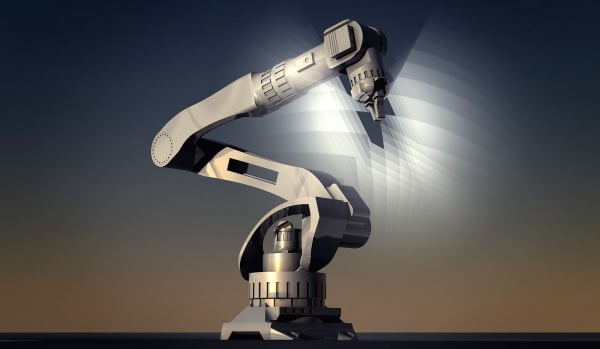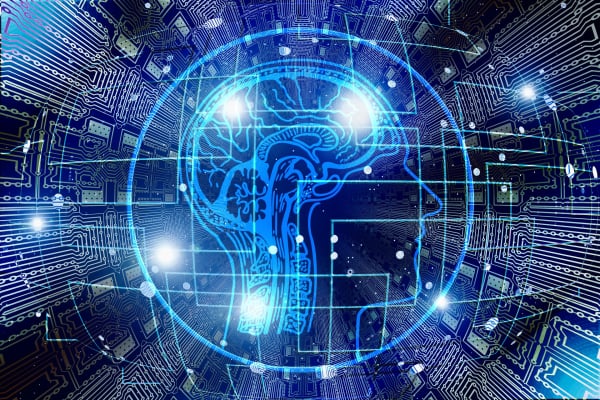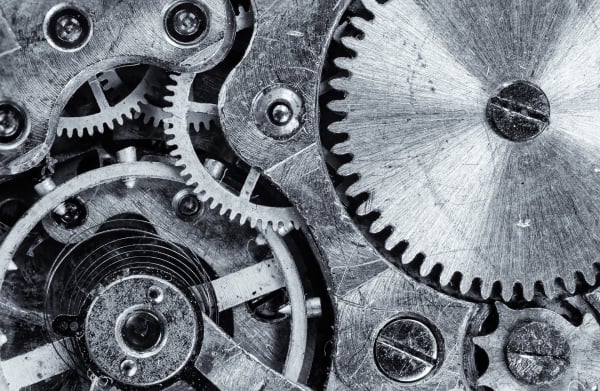Our Ingredients

Event Based Sensors & Actuators

Spiking Neural Network

Control Loops

In a neuromorphic application with an event-based camera and sensor fusion, the concept of low entropy can be related to the efficient processing and representation of sensory information. Here's a description of how this relationship can be understood:
Entropy is a measure of disorder or uncertainty within a system. In the context of information processing, low entropy refers to a state where information is well-organized and highly informative, with reduced redundancy and noise. Neuromorphic systems strive to achieve low entropy by mimicking the brain's efficient and adaptive information processing mechanisms.
An event-based camera, with its ability to capture precise temporal changes in the scene, provides a sparse and highly informative representation of the environment. Instead of transmitting full frames at fixed intervals, the camera only communicates relevant events, resulting in a data stream with lower redundancy and lower entropy compared to traditional frame-based cameras.
Sensor fusion further contributes to reducing entropy by combining data from multiple sensors. Each sensor captures different aspects of the environment, and by fusing the information, a more comprehensive and accurate representation can be achieved. The event-based camera's high temporal resolution, when combined with other sensors such as lidar or radar, can provide a richer understanding of the scene while minimizing redundant or irrelevant data.
In the context of low entropy, neuromorphic algorithms or neural networks play a crucial role. These algorithms are designed to process and extract meaningful patterns from the event-based camera and sensor fusion data in an efficient and adaptive manner. They leverage the principles of sparsity, asynchronous processing, and distributed computation, which are inspired by the brain's information processing mechanisms.
By reducing redundancy and noise in the sensory input, the neuromorphic system can effectively extract and represent essential information, leading to a lower entropy state. This low-entropy representation enables more efficient and effective decision-making, control, or analysis in various applications, such as robotics, autonomous vehicles, or sensory processing systems.
In summary, in a neuromorphic application with an event-based camera and sensor fusion, the goal of achieving low entropy is met by leveraging the sparse and informative nature of event-based camera data, combining it with other sensor inputs through fusion techniques, and employing efficient and adaptive neuromorphic algorithms. This low-entropy representation enables more efficient and effective processing and understanding of sensory information, leading to improved performance and system capabilities.
By ChatGTP May 20th 2023
Made with
HTML Editor